 George Corvett Lynching Article
George Corvett Lynching Article
Entry Category: Race - Starting with C
 George Corvett Lynching Article
George Corvett Lynching Article
Cotter Expulsion of 1906
Cotton, John (Lynching of)
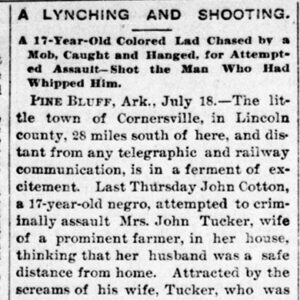 John Cotton Lynching Article
John Cotton Lynching Article
Council for the Liberation of Blacks (CLOB)
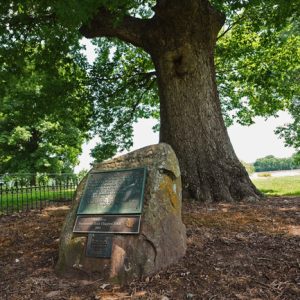 Council Oaks Tree
Council Oaks Tree
Council on Community Affairs (COCA)
Counts, Will
aka: Ira Wilmer Counts
Covington, Riley (Reported Lynching of)
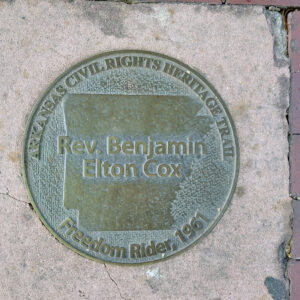 Cox Marker
Cox Marker
Coy, Edward (Lynching of)
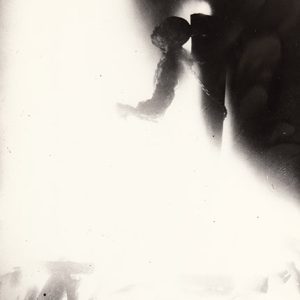 Edward Coy Lynching
Edward Coy Lynching
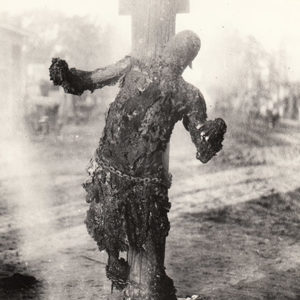 Edward Coy Lynching
Edward Coy Lynching
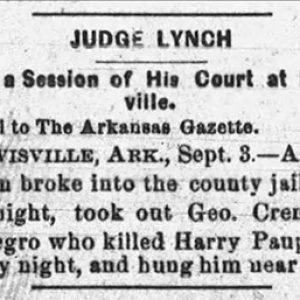 George Crenshaw Lynching Article
George Crenshaw Lynching Article
Crenshaw, George (Lynching of)
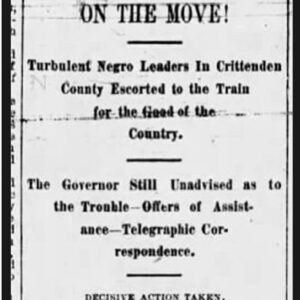 Crittenden County Expulsion Article
Crittenden County Expulsion Article
Crittenden County Expulsion of 1888
 Crittenden County Lynching Article
Crittenden County Lynching Article
Crittenden County Lynching of 1840
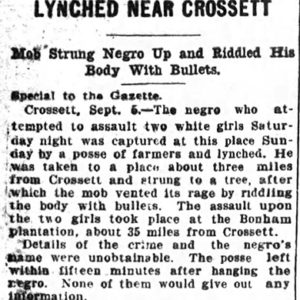 Crossett Lynching Article
Crossett Lynching Article
Crossett Lynching of 1904
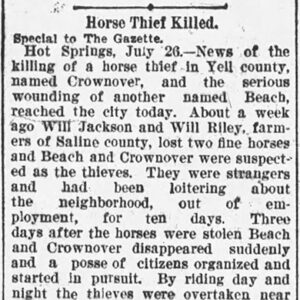 Crownover Lynching Article
Crownover Lynching Article




